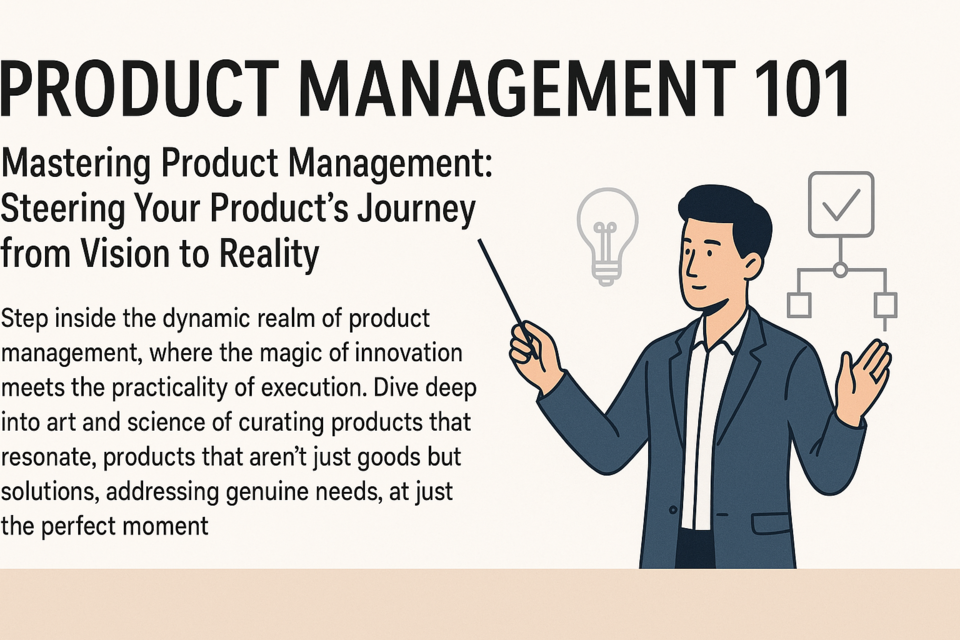Many people in business careers will stay away from the idea of a "true" calling. They might think that certain skill sets work in a variety of ways, helping to give them a number of career paths.
They certainly do not want to be tied down to any one career.
At the same time, the careers your clients may have already experienced may have led them to feel disappointed, disgruntled, and ready to try something else. That is why they are with you.
Some people have known since they were young what they wanted to do. Some knew they wanted to be a doctor, so they took the classes, passed the tests, and began their practice. However, not everyone is as clear as that.
From the time we are young, many people have opinions about what we should do, so it can become confusing to choose the actual path that is right for ourselves and our skill sets. All we know is that we are not happy with what we are doing.
Finding one's vocation can become a lifelong process of trial and error. As a career coach, you can speed up this process by asking just a few simple questions in a discussion or as a writing assignment for the client to do:
- What jobs have you always had?
- What is your role in groups? Are you the leader? The follower?
- What was your role in your family?
- What matters to you as a person?
- What do you value in your life?
- What is something that you do well?
- What motivates you?
The more introspection you can have your client do, the more likely you are to hit on the vocation that your client should pursue.
The process of coaching can help people begin to ask the questions they have never considered before. They should be looking deeper than just the money they want to make and the hours they want to work, although these concerns are important.
Many people realize that they would be willing to make less if they were happier at their jobs.That might mean they need to admit what their true life's work is.
Perhaps a businessperson really does just want to fix cars all day. While this might seem like a strange career change to make, it would make the person feel fulfilled and happy, which is far more important than simply feeling more successful.
At this point of your work together, you might find that the client has a number of ideas that seem silly to them.
They might question your work and they might question whether you know what you are doing because you are seemingly just helping them daydream more than they already do.
At this point, it might be a good idea to encourage and suggest to clients that they follow their possible true callings as much as they can. They might start doing research on whether they could make these daydreams a reality and start their own business to help them create a new career path.
Give clients the push they need in order to begin to believe in themselves and in the possibility that they might already know what they want to do; now they just need to get there. Continue to ask them questions about what they want from their lives, including the ever helpful "why." This question allows people to dig deep into their ideas to find out whether they really know what they want and how they might be able to make it real.
- Why do you want to be __________?
- Why do you think ___________ is unrealistic?
- Why can't you do ________________?
The more you ask, the more clients will begin to see their own thinking patterns, which will then allow them to create momentum in their job search and in their job transition.
Knowing where they are heading is going to help clients map out a much more successful course of action and a far more effective career transition. No longer will they just be looking for something better, they will be looking for the right job for themselves and just for them.
As a career coach, you are going to have a number of different kinds of clients. Some of them want to get out of their current job or transition to a new position, while others might simply want coaching to help them to learn how to be happier at work.
It is time to diagnose the problem and begin to change the way clients approach the work on their plates right now.
Here are some exercise ideas to help your clients understand what they like about their work and what they need to change.
- Describe your perfect day. Have your clients describe to you their perfect day at work. What happens? What are their work responsibilities for that day? What might they be doing? Who might they be working with?
- Describe the worst day. Have clients describe the absolute worst day. What made it so bad? What did not go right?
- Discuss ways to improve the work situation. If clients could change anything they wanted about their current work situation, what might they change? How would the business run better?
- Discuss the business's vision or mission statement. Take the mission statement or vision for the company at which clients work. This will help clients begin to see if their values are in line with the company's or if there is a disconnect between the two.
Clients will begin to realize that there are issues under their control and some that are not. In order to begin to make changes to their current situation, there needs to be an awareness that something is wrong.
Clients will want to make a list of things they would like to change about their work situation and take it to a trusted co-worker or supervisor. This is a list that should be shared because staying silent is not going to get the assistance needed to change the work situation.
Here is a plan clients can use and alter as needed:
- Set up an appointment with a supervisor to discuss job performance and job satisfaction.
- At this appointment, clients will want to have an honest discussion about how they feel they are not satisfied with their job but they have some ideas that could lead to positive change.
- Clients might also want to remind the supervisor that they want to be happy in their position and that they plan to stay around for a long period of time.
- Clients can then ask for feedback from the supervisor about how things could work out or how they might be able to compromise on job duties, changes, etc.
This simple conversation often can create a wealth of information for a client, whose work situation will begin to change. Just by having this conversation with the supervisor, the client will be able to change the way she or he looks at work.
Sometimes, clients may not be able to change their position or responsibilities at work. They become stuck in the same pattern of not being happy with their career, but they do not want to leave their current employment.
What is a coach to do?
A career coach can help clients see the more positive side of their work and how they actually are in a better position than they realize. As a result of a positive attitude, a person can then begin to have a happier experience at work.
Some ideas to share with a client to help take control a current job environment and make it healthier and happier:
- Have clients set strict working hours. When clients can control their schedule, they will begin to feel as though they have more power at work. Many workers are more content when they do not feel like they are at the will of their job.
- Suggest that clients use their vacation days throughout the year. By taking time away from their work, clients can see just how nice their work really is. Sometimes, clients just need to give themselves space.
- Teach clients to look at challenges as opportunities. This is a lesson for everyone in life, to be sure. Clients should be told to look at the challenges they undoubtedly will find in their work as opportunities to learn more, not as problems. The more things are looked at as being good parts of one's day, the easier they are to face and to handle.
Nearly any job can be turned into a positive experience, though there are certain situations where an employee may simply not be a good fit. If you are beginning to think your client might be dealing with this sort of situation, work with that person on identifying his or her true vocation to see whether a new career direction might be in order.
























